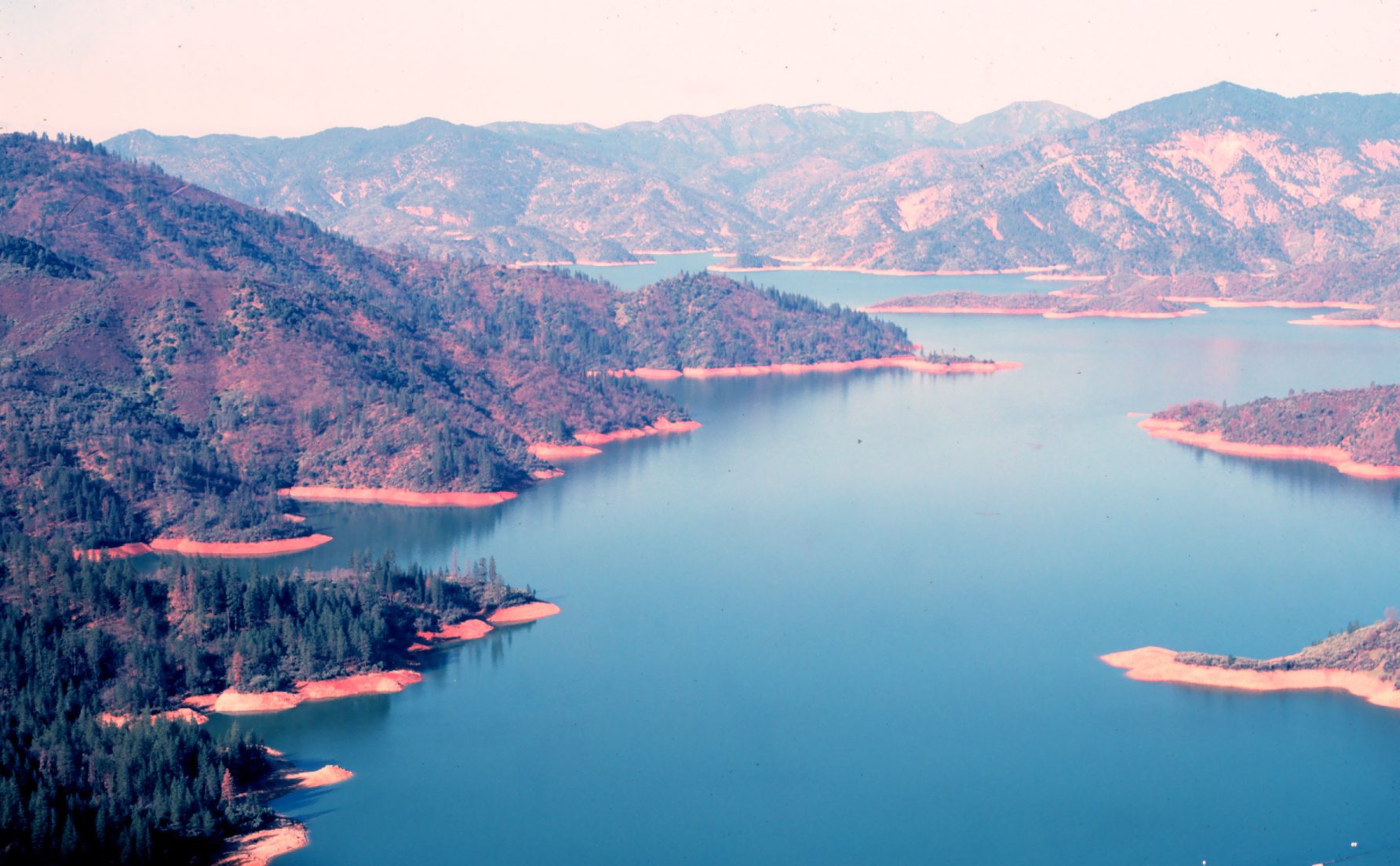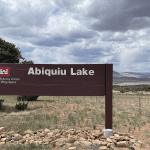- Heavy storms have filled reservoirs in Northern California.
- Water releases from Shasta Reservoir will increase for flood control.
- Hydropower generation and future water storage remain priorities.
February 10, 2025 — Recent storms have sent large amounts of water into Northern California’s reservoirs, prompting federal officials to release more water from Shasta Reservoir to prevent flooding. The Bureau of Reclamation announced on February 6, 2025 , that it is increasing water flows into the Sacramento River as part of its flood control operations.
, that it is increasing water flows into the Sacramento River as part of its flood control operations.
Starting Friday, water releases from Shasta Reservoir will increase in stages. They will rise from 30,000 cubic feet per second (cfs) to 40,000 cfs at 2 p.m. and then to 60,000 cfs at 10 p.m. The controlled releases will be managed through Keswick Dam, just downstream from Shasta, and are expected to continue through the weekend. Further adjustments may be made this week depending on conditions.
Other reservoirs in the region are also responding to the heavy rainfall. The Trinity River will see increased releases from Lewiston Dam, jumping from 1,500 cfs to 3,500 cfs on Friday. Meanwhile, Whiskeytown Dam will hold steady at 300 cfs, with Clear Creek flows remaining around 1,500 cfs.
Balancing Flood Control and Water Storage.
While the immediate goal is to prevent flooding, the Bureau of Reclamation is also working to maximize hydropower generation from the Central Valley Project’s reservoirs. Additionally, federal pumps in the Sacramento-San Joaquin Bay-Delta are running at full capacity, helping to store water in San Luis Reservoir for future use. This stored water will later support farms, communities, and wildlife refuges south of the Delta.
is also working to maximize hydropower generation from the Central Valley Project’s reservoirs. Additionally, federal pumps in the Sacramento-San Joaquin Bay-Delta are running at full capacity, helping to store water in San Luis Reservoir for future use. This stored water will later support farms, communities, and wildlife refuges south of the Delta.
Shasta Reservoir has already risen more than 22 feet since January 31 due to the recent storms. Officials are closely monitoring conditions and coordinating water releases with the U.S. Army Corps of Engineers, state agencies, and local authorities to manage flood risks while preserving water supplies for the drier months ahead.
For real-time reservoir conditions, visit the California Data Exchange Center .
.




Leave a Reply